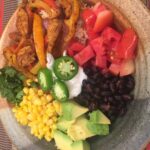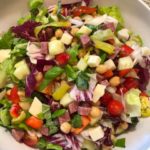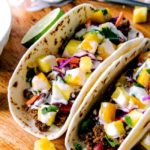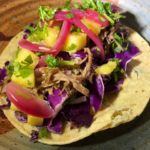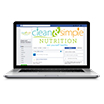A CONSUMER’S GUIDE TO THE MISLEADING CLAIMS ON FOOD LABELS
Walk through the aisles of any supermarket, and you’ll see labels declaring products to be “all-natural,” “organic,” and “fair trade”. What do these labels really mean? Here’s a breakdown of some of the most common claims you’ll find on labels, and the REAL meaning behind them.
Free-Range
What you think it means: The chicken you’re buying roamed happily through fields its entire life, dining on natural vegetation.
The truth: Free-range only means a bird was not confined inside a small cage, and “has been allowed access to the outside.” That means the chicken you’re buying may have only seen sunlight for as little as five minutes a day, spending the rest of its time inside a barn with thousands of other birds.
Natural
What you think it means: This product is comprised mostly or entirely from ingredients found naturally—“in nature.”
The truth: Natural is one of the most widely used, yet deceiving, labels because it means basically nothing. According to Consumer Reports, 59 percent of Americans look for the “natural” label before buying a product. But according to the Food and Drug Administration, there is no definition for “natural” or related descriptions, meaning this label is being used in a free-wheeling fashion with absolutely nothing backing it up.
USDA Organic
What you think it means: This product is made with ingredients that have not been grown with synthetic fertilizers, sprayed with pesticides or herbicides, or genetically engineered.
The truth: The USDA Organic label is one of the strongest labels because of the stringent requirement that producers prove that at least 95 percent of the ingredients in a product be certified organic—no chemicals or GMOs allowed. But many people don’t know that as much as 5 percent of a product can be non-organic, and certain chemicals are exempted by the National Organic Program. Additionally, the USDA has no national organic standard for fish.
Humane
What you think it means: From birth to slaughter, the animal was not confined, drugged, exposed to toxic pesticides, altered physically, or transported cruelly.
The truth: The weight behind any label claiming “humane” treatment depends on the organization behind the label itself, according to Consumer Reports. For instance, the USDA’s “Humanely Raised” label only requires that farm conditions be inspected, but does not restrict many of the common activities one associates with inhumane treatment. The best label for humane treatment is “Animal Welfare Approved,” which ensures that any animal raised for meat or dairy products has been treated humanely from birth to slaughter. Additionally, the
Animal Welfare Approved label is only available to co-ops and family farmers.
Fair-Trade Certified
What you think it means: Farmers and producers in disadvantaged parts of the world were given better trading conditions and basic human rights.
The truth: You’ve no doubt seen the “fair-trade certified” label, perhaps on a chocolate bar or a pound of coffee beans. Like “USDA Organic,” fair trade is a pretty good indicator that the producers of the food you’re buying were given a fair price and are working in safe conditions. Some research has shown thatfair trade doesn’t always increase the wages or better the working conditions of the extremely poor, however.
Fresh
What you think it means: This food has only been refrigerated, never frozen.
The truth: For produce, “fresh” means what you think it means—it is being sold raw, with no added preservatives, and has never been frozen. Chicken is quite different, however. To earn the “fresh” label, poultry can’t have been kept at a temperature below 26 degrees Fahrenheit— the temperature at which poultry freezes, but below the temperature where water freezes. A chicken or turkey could still be hard to the touch at this temperature, and yet still be considered “fresh” by the USDA.
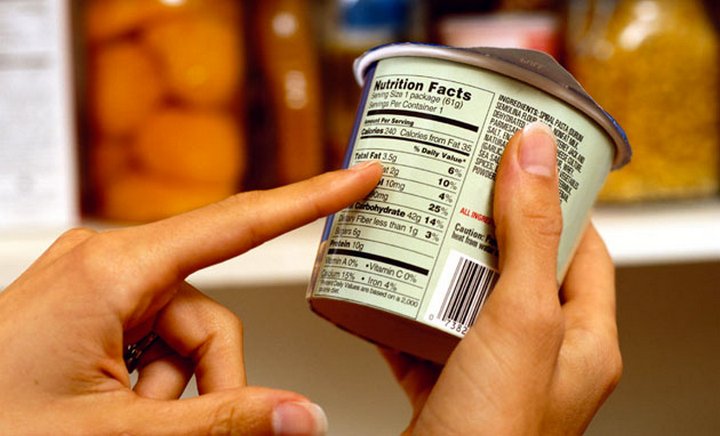

 Your email address will never be shared, period.
Your email address will never be shared, period.